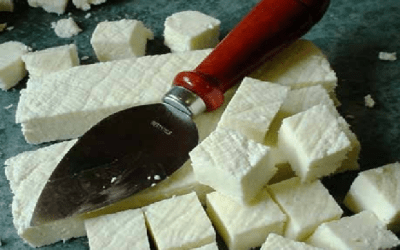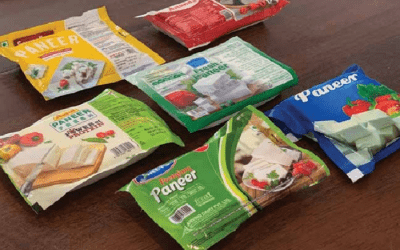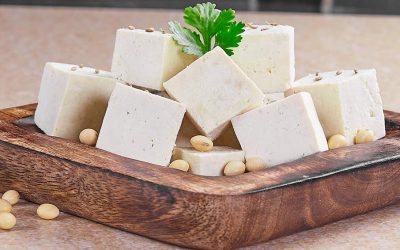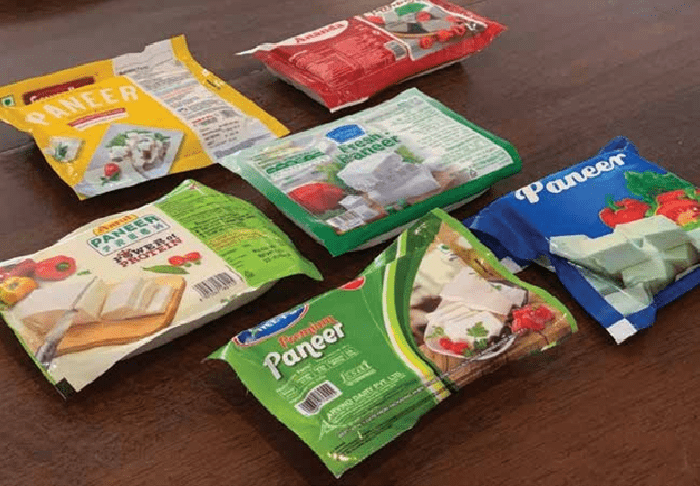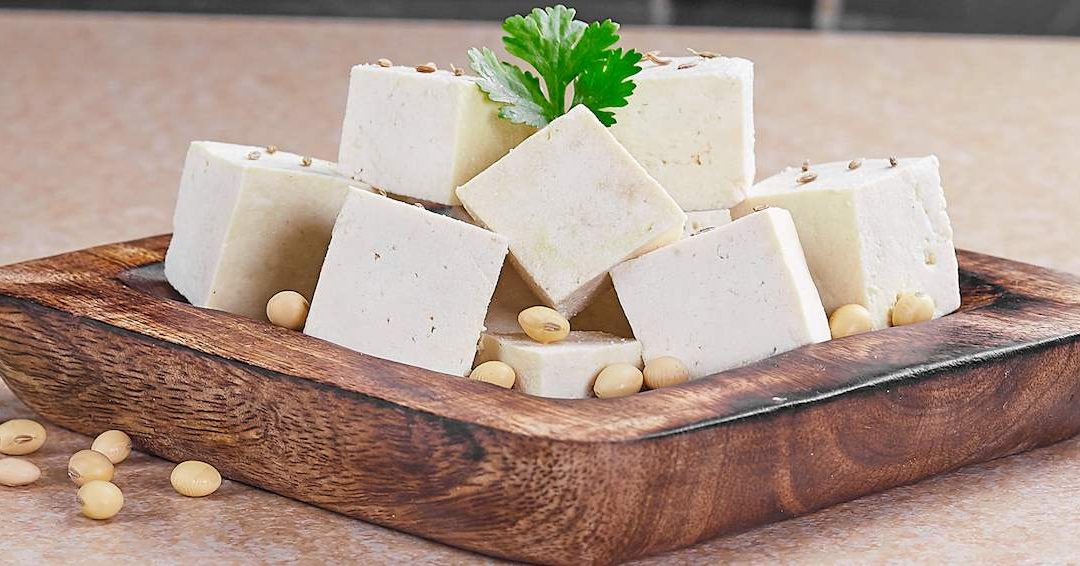Paneer, the delight and pride of vegetarians, is consumed widely in India and the packaged product and the loose variant have their own share of...
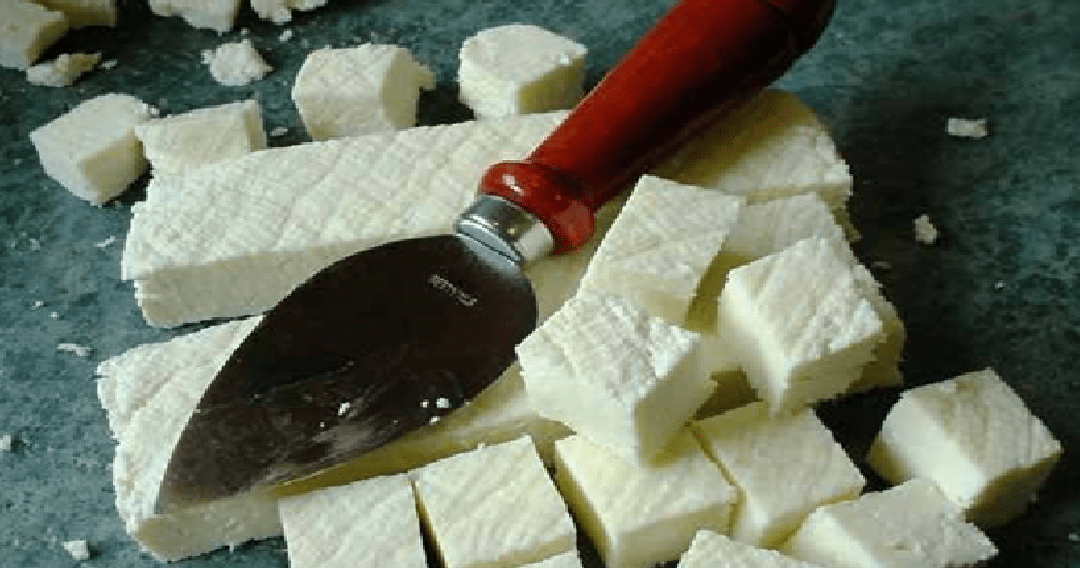
Paneer- which brands did (not) clear the microbiological safety test?
Paneer- which brands did (not) clear the microbiological safety test?
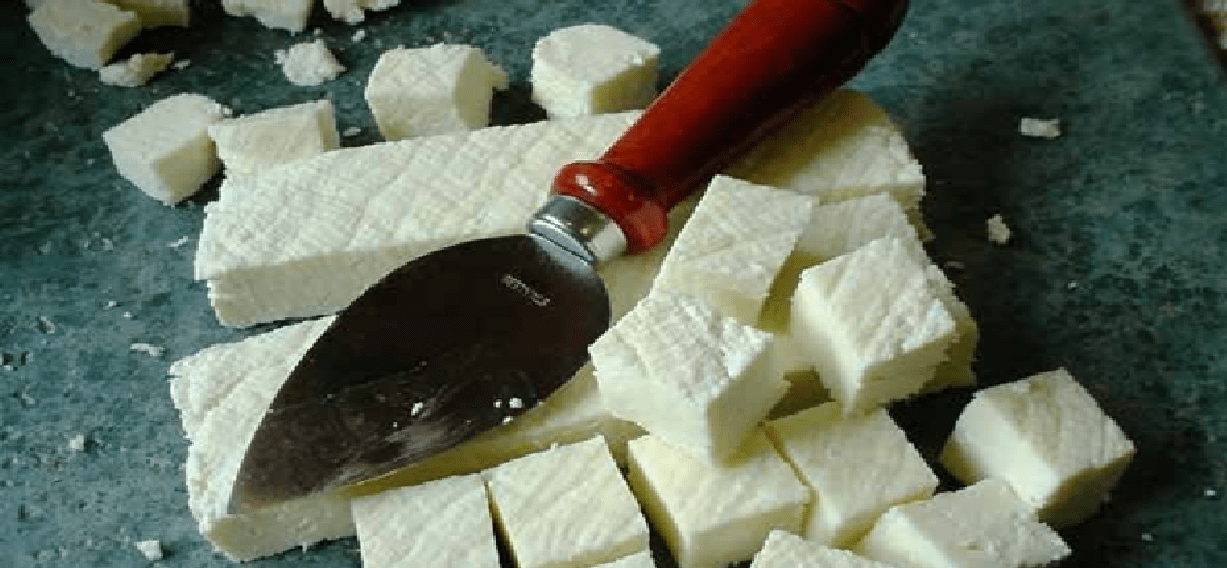
Paneer, the delight and pride of vegetarians, is consumed widely in India and the packaged product and the loose variant have their own share of patronage.As any other dairy product, paneer needs cold storage and everyone knows that. The question is: is the cold chain maintained throughout the supply chain? After all, paneer spoils bacteriologically at room temperature. What are the guidelines and regulations in this regard and are all packaged brands safety- and hygiene-compliant? The following report reproduces the findings of a firsthand study of the samples of eight popular brands of paneer. Find out how your favourite paneer brand fared in the tests. Apart from being microbiologically safe, does it have the requisite milk fat, protein, calcium, and energy value? Does it have the right balance of moisture and milk fat? Most of us look out for ‘soft’ attributes like the appearance and texture, but clearly there is a case for knowing if the paneer adheres to the regulatory standards.
Consumer Voice Report
We tested eight popular brands of packaged paneer on a range of quality, safety and acceptability parameters. These included milk fat, protein, calcium, energy, cholesterol, moisture and titratable acidity. The brands were further subjected to microbiological safety tests for total plate count (TPC), E. coliform, yeast and mould, S. aureus, Salmonella and
L. Monocytogenes, as well as sensory panel tests.
We will begin the report with results of microbiological tests as the results of these tests nullify all other results (physical, chemical, sensory). Even if the paneer performs fine in various other tests, failing the microbiological tests means that it is ‘not suitable for human consumption in raw form’.
The samples were tested as per specification laid out by FSS Regulations and the relevant Indian Standard IS: 10484 (specifications for paneer), as well as IS: 15346 (specifications for methods of sensory evaluation of paneer). The tests were conducted at an NABL- accredited laboratory.
BRANDS TESTED
| Rank | Total Score out of 100 (rounded off) | Brand | Quantity (gm) | MRP (Rs) | Best before | Manufactured/Marketed by |
| 1 | 87 | Ananda | 200 | 70 | 15 days | Gopaljee Dairy Foods Pvt. Ltd |
| 2 | 86 | Amul | 200 | 65 | 45 days | Gujarat Co-operative Milk Marketing Federation Ltd |
| 3 | 83 | Gowardhan | 200 | 75 | 75 days | Parag Milk Foods Ltd |
| 4 | 79 | Mother Dairy | 200 | 65 | 15 days | Mother Dairy Fruits & Vegetable Pvt. Ltd |
| 4 | 79 | Paras | 200 | 70 | 15 days | VRS Foods Pvt. Ltd |
| 5 | 77 | Nova | 200 | 60 (Rs 10 off) | 10 days | Sterling Agro Industries Ltd |
| 6 | 71 | Vita | 200 | 60 | ‘Use by’ date given | The Ballabgarh Co-op Milk Producers Union Ltd |
| 7 | 69 | Verka | 200 | 60/65 (Delhi, HP) | ‘Use by’ date given | Ropar District Co-op Milk Producers Union Ltd |
Note: ‘Use by’ date is given where shelf life is not more than seven days.
Score Rating: >90: very good*****, 71–90: good****, 51–70: average***, 31–50: poor**, <30: very poor*
CV Recommendations
Top Performer
Ananda
Value for Money Brand
Amul
Consumers are advised to buy paneer (preferably packaged) kept in a refrigerated condition. Paneer available in open form should not be consumed raw.
Key findings
- Based on the overall test findings, the top performer is
- The value-for-money brand is
- Only Ananda, Amul and Gowardhan were found to be safe in terms of microbiological
- Mother Dairy, Paras, Nova, Vita and Verka were found with traces of coliform, coli and TPC.
- As per FSS Regulations, microbiological requirements at retailer level are specified only for Salmonella and Listeria monocytogenes. Other microbiological parameters covering TPC, coli, coliform, yeast and mould, and S. aureus are applicable at plant level. These parameters should be maintained up to retailer’s end also as consumers buy the paneer directly from the retailer.
- Titratable acidity was slightly high in Verka, Nova and Gowardhan, and did not meet the requirement of Indian Standard.
- In sensory panel tests, Mother Dairy performed on top.
Paneer means the product obtained from milk by precipitation with sour milk, lactic acid, or citric acid. In simple terms, paneer is an indigenous milk product prepared by the combined action of acid coagulation and heat treatment of milk and the subsequent drainage of whey.
To prepare paneer, food acid (usually lemon juice, vinegar, citric acid or yogurt) is added to hot milk to separate the curds from the whey. The separated curd is pressed in muslin or cheesecloth and the excess water is drained out. The resulting paneer is dipped in chilled water for 2–3 hours to give it a good texture and appearance.
TEST RESULTS
1) FOR MICROBIOLOGICAL ACTIVITY
Total Plate Count | Yeast and Mould Count | Coliform Count | E. coli | S. aureus | Salmonella | Listeria monocytogenes
As per 10th Amendment Regulations, 2016, Food Safety & Standards Authority of India (FSSAI) has specified microbiological requirements for process hygiene and food safety.
a) Process hygiene
FSSAI has specified following criteria for process control at plant level. These are not applicable at retailer level. However, these parameters should be maintained up to retailer’s end as consumers buy the paneer directly from the retailer.
Given here are acceptable and non-acceptable limits of total plate count (TPC), coliform, yeast and mould, E. coli and S. Aureus for paneer.
- TPC – m: 150, 000/gm, M: 350,000/gm
- Coliform (cfu/gm) – m: 10/gm, M: 100/gm
- Yeast and mould (cfu/gm) – m: 50/g, M: 150/gm
- coli – m: <10/gm
- aureus – m: 10/gm, M: 100/gm
Most edible products are normally contaminated with microbes (or microorganisms). They are so small that we need a microscope to see them. Microbes include bacteria, yeast, mould, algae, and protozoan. However, the organisms that normally contaminate and spoil foods are the bacterium with yeast and moulds of secondary importance. Under normal conditions, microbes feed on the food in which they live and reproduce and cause a variety of changes in the food, most of which result in a loss of the food’s quality. As per the regulations, there’s an acceptable standard limit of microbes prescribed for each food item.
Here ‘m’ represents an acceptable level; values that are only marginally above it are acceptable. The ‘M’ shows a microbiological criterion that separates ‘marginally acceptable quality’ from ‘unsatisfactory/ potentially hazardous quality’. Values above M are unacceptable in terms of the sampling plan and detection of one or more samples exceeding this level will be cause for rejection of the lot.
| Sl No. | Brand Name | Results | ||||
| TPC | E Coli | Coliform, cfu/gm | Yeast & Mould, cfu/gm | S.Aureus cfu/g | ||
| 1 | Amul | <10 | <10 | <10 | <10 | <10 |
| 2 | Ananda | 8,500 | <10 | <10 | <10 | <10 |
| 3 | Gowardhan | <10 | <10 | <10 | <10 | <10 |
| 4 | Paras | 550,000 | 4,300 | 66,000 | <10 | <10 |
| 5 | Mother Dairy | 930,000 | 30,000 | 71,000 | <10 | <10 |
| 6 | Verka | 330,000 | 5,200 | 79,000 | <10 | <10 |
| 7 | Vita | 580,000 | 3,200 | 35,000 | <10 | <10 |
| 8 | Nova | 650,000 | <10 | 4,000 | <10 | <10 |
• Amul and Gowardhan scored highest, followed by Ananda.
• Five brands – Mother Dairy, Paras, Verka, Vita and Nova – were found to be high in above microbiological tests.
• TPC was found to be high in Mother Dairy, Nova, Paras and Vita.
• E. coli was high in Mother Dairy, Paras, Verka and Vita.
• Coliform count was high in Mother Dairy, Nova, Paras, Verka and Vita.
• All brands passed in yeast and mould count and S. aureus tests.
b) Microbial food safety
Salmonella and Listeria monocytogenes are pathogenic bacteria and can leave one with an upset stomach. These shall be absent at retailer level also.
• All brands passed these tests.
2) FOR PHYSICOCHEMICAL PARAMETERS
Milk Fat | Protein | Calcium | Moisture | Energy | Cholesterol | Titratable acidity
a) Milk Fat (on dry basis)
Paneer derived from milk contains mainly milk fat, which is essential for better health. The percentage of milk fat in paneer depends on how fresh the milk is as well as milk composition. As per the national standards, paneer should contain at least 50 per cent milk fat when measured on dry basis.
Fat is an essential part of any balanced diet, providing essential fatty acids and a concentrated source of energy as well as aiding in digestion of certain fat-soluble vitamins. As per Dietary Guidelines for Indians by National Institute of Nutrition, Hyderabad, 2011, diets of young children and adolescents should contain about 30 grams to 50 grams fat per day. So, a higher amount of milk fat is better for consumers.
• All brands met the minimum requirement for milk fat content.
• Gowardhan (54.4 per cent) had the highest fat content followed by Ananda (52.6 per cent), and Nova the lowest (50.1 per cent).
b) Protein (on dry basis)
Paneer is a rich source of protein and while the national standards have not prescribed requirements in this regard, a high amount of protein is considered to be good.
• Amul (23.1 gm/100 gm) was found with the highest amount of protein, followed by Nova (22.6 gm/100 gm) and Ananda (20.4 gm/100 gm). The lowest amount of protein was found in Vita (18.6 gm/100 gm).
b) Calcium
Paneer, like other milk products, is a good source of calcium and its consumption helps in preventing osteoporosis.
Calcium plays an important role in building stronger, denser bones early in life and keeping bones strong and healthy later in life. Calcium deficiency can lead to rickets and poor blood clotting and osteoporosis. As per recommended dietary allowances (RDA), daily calcium intake should be 600 milligrams for man.
• Calcium content was highest in Nova (570.1 mg/ kg), followed by Mother Dairy (496.4 mg/kg) and Ananda (493.1 mg/kg). It was lowest in Vita (321 mg/kg).
c) Moisture
Paneer is a highly perishable milk product that deteriorates rapidly because of high moisture content. Moisture up to a certain limit is an inherent part of fresh paneer. As per the national standards, it should not be more than 60 per cent.
• Moisture in all the brands was found within the specified limit.
• Amul had the lowest moisture (48.3 gm/100 gm), followed by Ananda (50.4 gm/100 gm). It was highest in Verka and Vita (55.1 gm/100 gm).
d) Energy
Energy value was measured to verify the label claims. There is no requirement in the standards in this regard.
• Amul (331.4 kcal/100 gm) was found to have the highest energy value, followed by Ananda (321.3 kcal/100 gm). It was lowest in Verka (286.7 kcal/100 gm).
d) Cholesterol
Cholesterol increases the risk of heart and nervous-system problems, brain-synapse connectivity, gall-bladder stones and perhaps even cancer. These cholesterols are inherently found in the milk fats. The intake of cholesterol should not be more than 300 mg/day.
Cholesterol plays a central role in many biochemical processes but is best known for the association of cardiovascular disease. There are two main types of cholesterol – low-density lipoproteins or LDL (bad cholesterol), which can result in fatty deposits in our arteries, and high-density lipoproteins or HDL (good cholesterol), which absorbs cholesterol and carries it back to the liver, which flushes it from the body. So, while your body needs some cholesterol, too much of it can raise your risk of heart disease. A diet high in trans fats and saturated fats tends to increase blood cholesterol levels, whereas a diet high in unsaturated fats tends to lower blood cholesterol levels.
• Vita (593.7 mg/kg) was found with the highest amount of cholesterol, followed by Gowardhan (584.4 mg/kg) and Verka (572.8 mg/kg).
• Nova had the lowest cholesterol (446.5 mg/kg), followed by Ananda (524.1 mg/kg).
e) Titratable acidity
The maximum acidity allowed in paneer is 0.50 per cent.
Titratable acidity is a measure of the amount of acid present in a solution. Presence of acidity as lactic acid was measured as its presence in high quantity could cause the paneer to become bitter as well as allow microbiological activity to begin.
• Titratable acidity was slightly high in Verka, Nova and Gowardhan, exceeding the maximum limit specified by the national standards.
• Vita (0.33 per cent) had the lowest acidity, followed by Mother Dairy (0.42 per cent).
PHYSICOCHEMICAL SCORES
|
Parameter ¯ |
Weightage (%) | Ananda | Amul | Gowardhan | Mother Dairy | Paras | Nova | Vita | Verka |
| Milk fat | 14 | 11.31 | 9.18 | 13.33 | 10.08 | 11.09 | 8.51 | 9.74 | 9.07 |
| Protein | 10 | 7.24 | 8.86 | 6.58 | 7.30 | 6.70 | 8.56 | 6.16 | 6.94 |
| Calcium | 8 | 7.89 | 6.48 | 6.46 | 7.94 | 7.44 | 8.00 | 5.14 | 6.37 |
| Moisture | 8 | 6.34 | 6.67 | 5.84 | 6.16 | 6.00 | 6.13 | 5.58 | 5.58 |
| Energy | 7 | 6.23 | 6.80 | 5.43 | 5.68 | 5.45 | 5.61 | 4.47 | 4.30 |
| Cholesterol | 7 | 5.23 | 5.11 | 3.97 | 5.20 | 5.20 | 6.86 | 3.77 | 4.21 |
| Titratable acidity | 5 | 3.0 | 3.0 | 2.35 | 3.80 | 3.30 | 1.95 | 4.7 | 1.75 |
3) FOR SENSORY ATTRIBUTES
Based on the guidelines of IS: 15346-2003 (Method for sensory evaluation of paneer/channa), the following attributes were considered for judging the sensory attributes of paneer. The tests were conducted by expert panellists. Average mean scores were factored in for ranking of the samples.
Colour and appearance
Paneer shall be clear and free from dirt, surface discolouration, insects and rodent contamination, and foreign matter/particles and adulterants. It shall not have any free moisture/water. It should have a milky-white colour. No extraneous colouring matter shall be added to it.
Flavour/Odour
The paneer shall have a pleasant odour and a characteristic mild acidic flavour. It should be free from off-flavour and odour.
Body and texture
Paneer shall have a closely knit smooth and homogeneous texture, and a firm, cohesive and spongy body.
Taste and after-taste feeling
It shall have a good pleasant taste and not be bitter or have a smoky taste.
• Mother Dairy topped in the overall sensory scores,
followed by Paras, Amul and Ananda.
| Brand | Score out of 20 |
| Mother Dairy | 19.67 |
| Paras | 19.65 |
| Amul | 18.97 |
| Ananda | 18.40 |
| Gowardhan | 18.05 |
| Vita | 17.70 |
| Nova | 17.27 |
| Verka | 17.05 |
4) FOR GENERAL QUALITIES
i) Marking/Labelling
As per the national standards, the following details should be clearly and indelibly marked on the labels:
a) Name and trade name of product
b) Name and address of manufacturer/marketer
c) Batch or code number
d) Net weight in grams
e) Date of manufacture
f) Best before (the date given by the manufacturer)
g) Green dot
h) Instructions for storage
i) Nutritional information
j) Maximum retail price
k) Customer-care details
• All the tested brands provided the required information on their labels.
ii) Packaging
The paneer shall be in clean and suitable food- grade packages/wrappers conforming to the relevant Indian Standard. The packing will prevent the product from imparting off-flavour or odour and also prevent it from being contaminated under normal conditions of manufacture, storage, and use.
• All the brands were packed in printed, high-density poly pack (plastic) material.
iii) Net Weight
The net weight was measured and compared with the declared values.
• All the brands were within the maximum permissible limit of net weight as per Legal Metrology Rules.
The Good Things about Paneer
• It is a rich source of protein and calcium.
• The high protein component of paneer also helps in slowing the release of sugar into the blood and prevents abrupt hike and decline in blood sugar levels.
• The whey (remaining liquid part while making paneer) cleanses the bladder and helps prevent bladder infections.
• While high in fat, paneer works for people who have an active lifestyle as they will burn those calories easily and gain its nutrients.
• Paneer may help protect against heart disease by lowering the fat deposition in the arteries.
Related
Paneer- which brands did (not) clear the microbiological safety test?
Packaged Paneer
The delicious and easy-to-please everyone paneer does not need any introduction. The popularity and usages of it is archaic and revered by all....
All About Paneer: how to make paneer, nutrition facts and how to buy and store paneer
Paneer is a byproduct obtained from milk by precipitation with sour milk, lactic acid, or citric acid. In simple terms, paneer is an indigenous milk...

